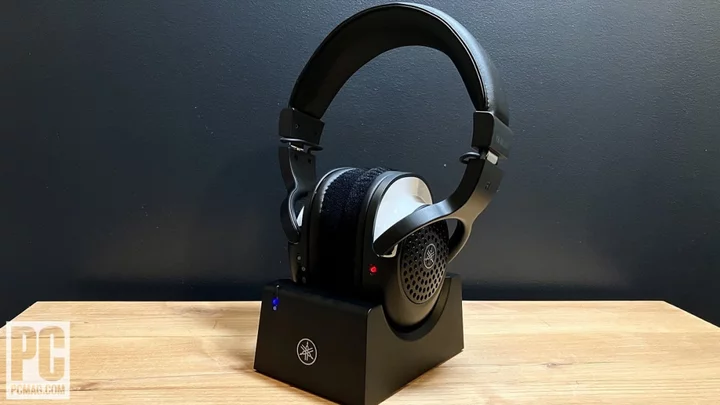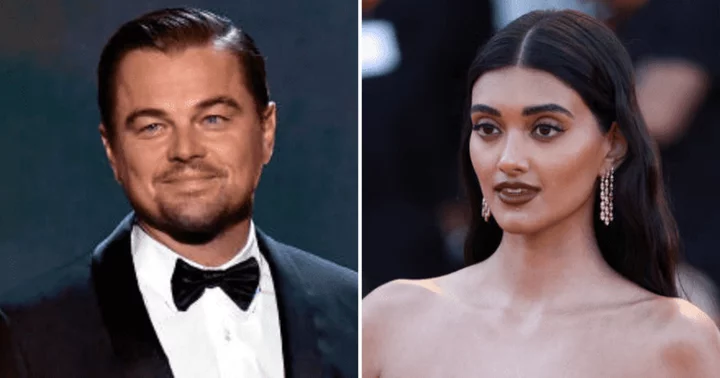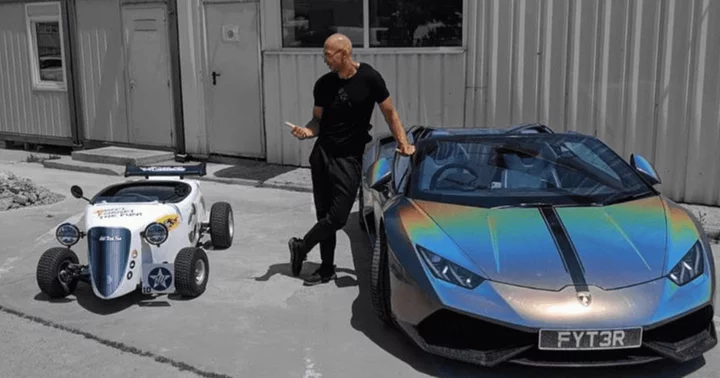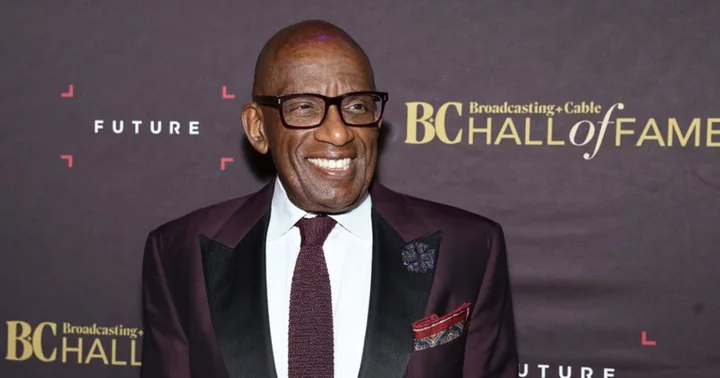Yamaha's $560 YH-WL500 headphones for musicians are unlike any others we’ve tested: They can simultaneously stream low-latency wireless audio from most electronic instruments and a Bluetooth source, meaning you can play along with your favorite music in real time. That’s a genuinely unique capability that should appeal to electronic artists, and we also like the comfortable, classy design. SBC-only audio and the inability to mix instrument and Bluetooth source signal levels are drawbacks, but neither should prevent studio musicians from checking these headphones out. Everyone else can likely find a cheaper, lower-tech workaround for practice sessions.
A Two-Part Design
With the YH-WL500, you get the headphones themselves and a charging cradle that doubles as a transmitter. The latter connects to your instrument via the included audio cable.
(Credit: Tim Gideon)The headphones have a circumaural, open-air design that should minimize ear fatigue over long sessions. They do leak audio, but that doesn't prevent them from working as tracking headphones in an electronic instrument-only scenario. The earpads feature velour lining and feel exceptionally comfortable, while the 40mm dynamic drivers inside each earcup deliver a frequency range of 20Hz to 20kHz at an impedance of 32 ohms.
The headphones support the out-of-date Bluetooth 4.2 standard and just the basic SBC codec. Flatly, I expect a modern Bluetooth signal and more premium codec options in this price range, but the capable dynamic drivers at least convey robust bass depth and bright highs. When I asked Yamaha for an explanation about these lackluster connectivity specs, it said its product team was most familiar with this version of Bluetooth.
As for controls, the left earcup includes power, Bluetooth, and volume buttons. The volume buttons adjust only the instrument source level, not that of the Bluetooth audio (you must do this via the source device). There’s also a 3.5mm jack here for wired listening.
To charge the headphones, you can either use the USB-C port on the right earcup's side panel or the dock portion of the transmitter. When you successfully connect the charger, the status LEDs on the headphones light up and the status light on the transmitter blinks briefly. Yamaha estimates that the headphones can last roughly nine hours per charge, but your results will vary with your volume levels. It takes about three hours to fully charge the battery from empty.
(Credit: Tim Gideon)The cradle looks sharp and shows the headphones off while it charges them, but I would have also liked a dust cover to protect them. In the box, you get the transmitter, a USB power adapter, a USB-C-to-USB-A charging cable, a 3.5mm stereo audio cable, and a quarter-inch headphone jack adapter. The package also includes six snap-on adapters for various international plug types, but the included USB cable is too short to reasonably cover the distance between an outlet and a suitable position for the transmitter.
Straightforward Instrument Transmission
To set up your electronic instrument with the YH-WL500, use the included stereo audio cable to connect it to the 3.5mm input on the transmitter's rear panel. I experimented with this and some other outputs for the connection to the transmitter with mixed results.
For example, connecting an analog synth’s stereo outputs (via an adapter) worked seamlessly in testing, and the result was a true stereo signal with no discernible latency. When I tried to connect an electric bass directly, the signal was clear with no notable latency, but sound only came from the left ear. Based on this result, the transmitter clearly works best with a stereo headphone signal. The lack of a single mono input for mono instruments that lack headphone jacks is thus a limitation. I'm also not thrilled that the input for the transmitter is 3.5mm because most electronic instruments have quarter-inch outputs, but the included adapter solves this problem.
(Credit: Tim Gideon)The charging base transmits the instrument signal wirelessly to the headphones over a 2.4GHz connection. Of note to bands and studios, multiple pairs of YH-WL500s can stream wirelessly from a single transmitter. Simply press the plus button on the rear of the transmitter to add more. Just keep in mind that Yamaha doesn't sell them separately from the transmitter.
The headphones receive a low-latency 4ms signal (10ms is generally the maximum acceptable latency musicians look for to play reliably and in rhythm) and the system's maximum operating range is around 22 feet, which is a little short. The 24-bit signal the headphones receive is not lossless, though Yamaha claims that it still provides "optimal" sound quality.
A Quality Signal, But Middling Bluetooth Audio
The audio feed from the transmitter sounds excellent no matter what electronic instrument source I tried. Bass depth and clarity in the highs were evident whether I played gritty, layered signals from an analog synth or more pure tones. I didn’t have an amp with a headphone jack output on hand to connect to the transmitter, but when I plugged in an electric bass, the signal was clear and latency-free (despite only being audible from the left driver). Just to see if I could notice any obvious degradation in the signal, I played lossless audio from an iMac’s headphone jack via the transmitter’s input, and the music sounded crisp, with rich bass.
Beyond the fidelity of the signal, the latency was also quite low. The most discerning musicians might notice the very slightest bit of lag, but that shouldn't bother most people.
Playing along with tracks streaming over Bluetooth is easy enough, but a simple two-knob mixer on the transmitter or the headphones to change the relative volume of sources would improve the experience. As it stands, you must adjust the volume directly from your Bluetooth source (such as your phone or PC). On the positive side, the volume buttons on the headphones accommodate a wide range, so you can set precise levels.
(Credit: Tim Gideon)Moving on to regular audio playback, the headphones can’t quite reproduce all of the sub-bass at the 34-second mark of Kendrick Lamar’s “Loyalty.” As the synth line descends to its deepest, subwoofer-testing note, the headphones can dig out only the slightly higher elements. The bass response seemed slightly deeper when I streamed this same track via the transmitter, but the last note still dropped off.
(Credit: Tim Gideon)Bill Callahan’s “Drover,” a track with far less deep bass in the mix, gives us a better sense of the sound signature. The drums here sound natural overall, but I again noticed less detail, crispness, and bass depth versus streaming via the transmitter.
On orchestral tracks, like the opening scene from John Adams’ The Gospel According to the Other Mary, the headphones deliver a relatively crisp signal with some rich lows anchoring the mix. But the signal via the transmitter once again offers more high-frequency detail and clarity, and the lows sound a bit more robust and lifelike.
If you want to eke the absolute best performance out of these headphones, rely on the transmitter rather than Bluetooth.
Wireless Studio Headphones for Jamming
The Yamaha YH-WL500 headphones work well for in-studio practicing thanks to their high-quality signal and ability to simultaneously stream audio over Bluetooth while you play. The Bluetooth specs are underwhelming to say the least, but we can partially forgive that shortcoming in light of the innovative concept. Yes, you must shell out a lot of money for these headphones, but they are well worth the price if they fit your workflow and level of dedication.









